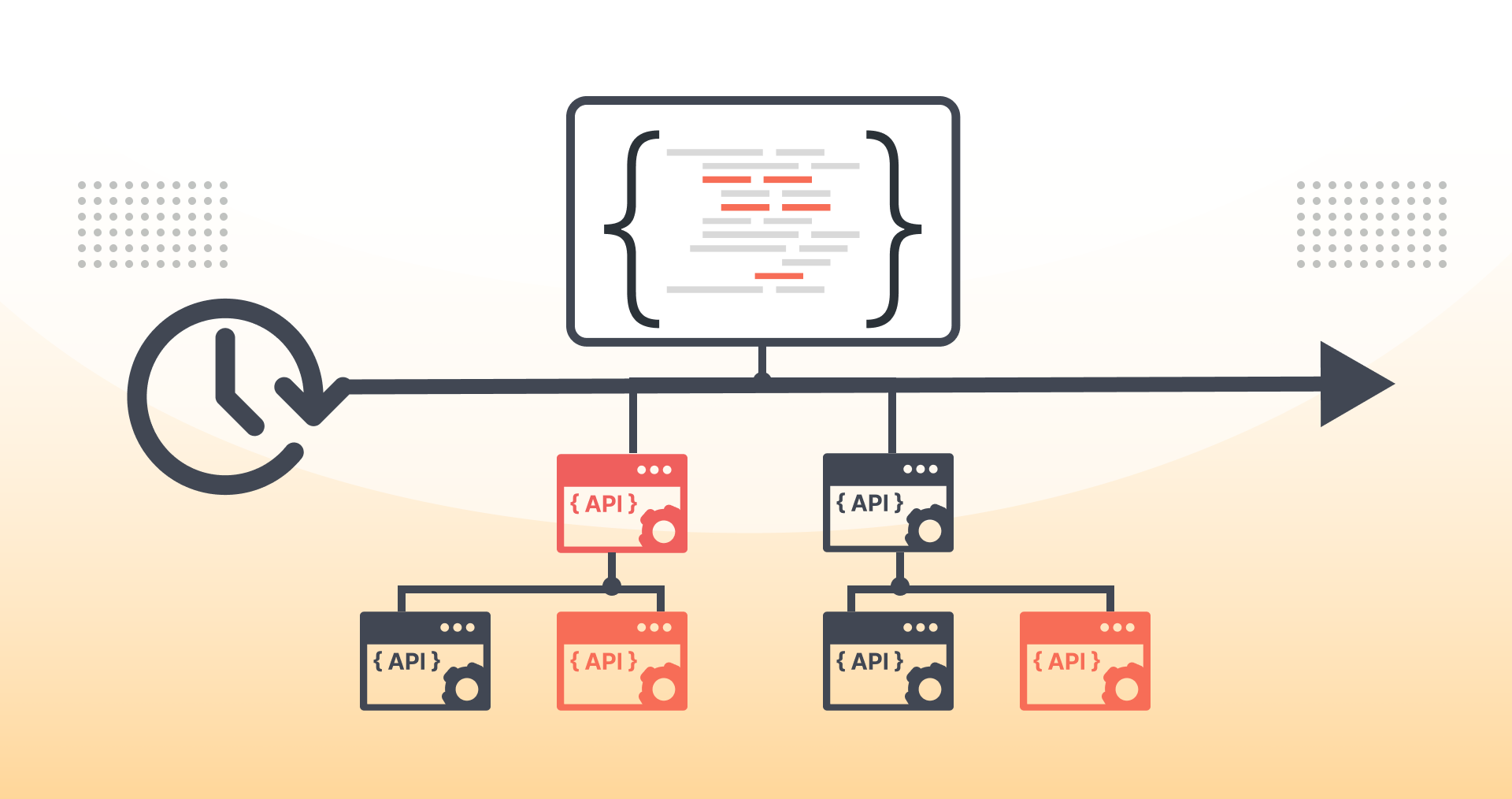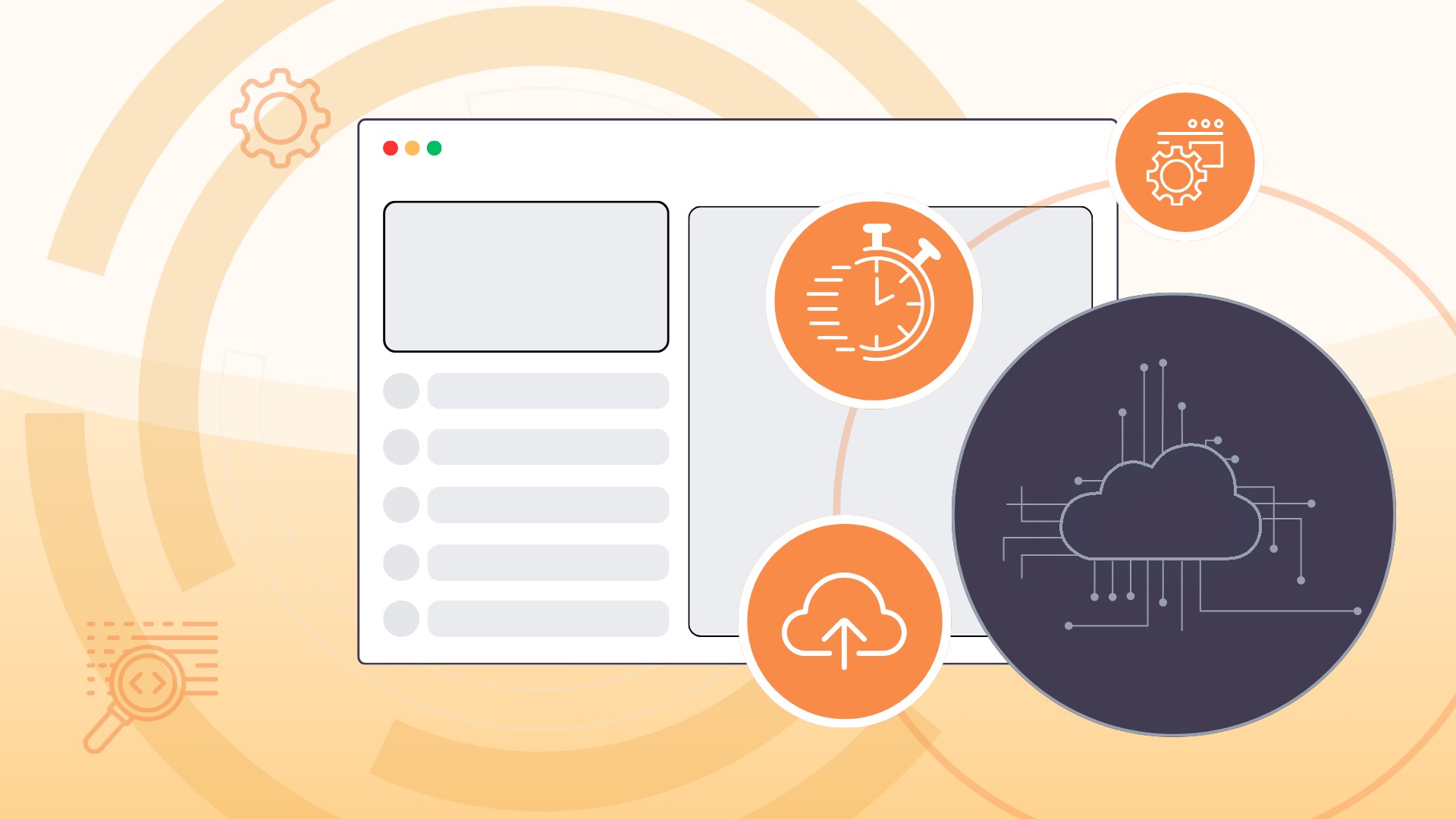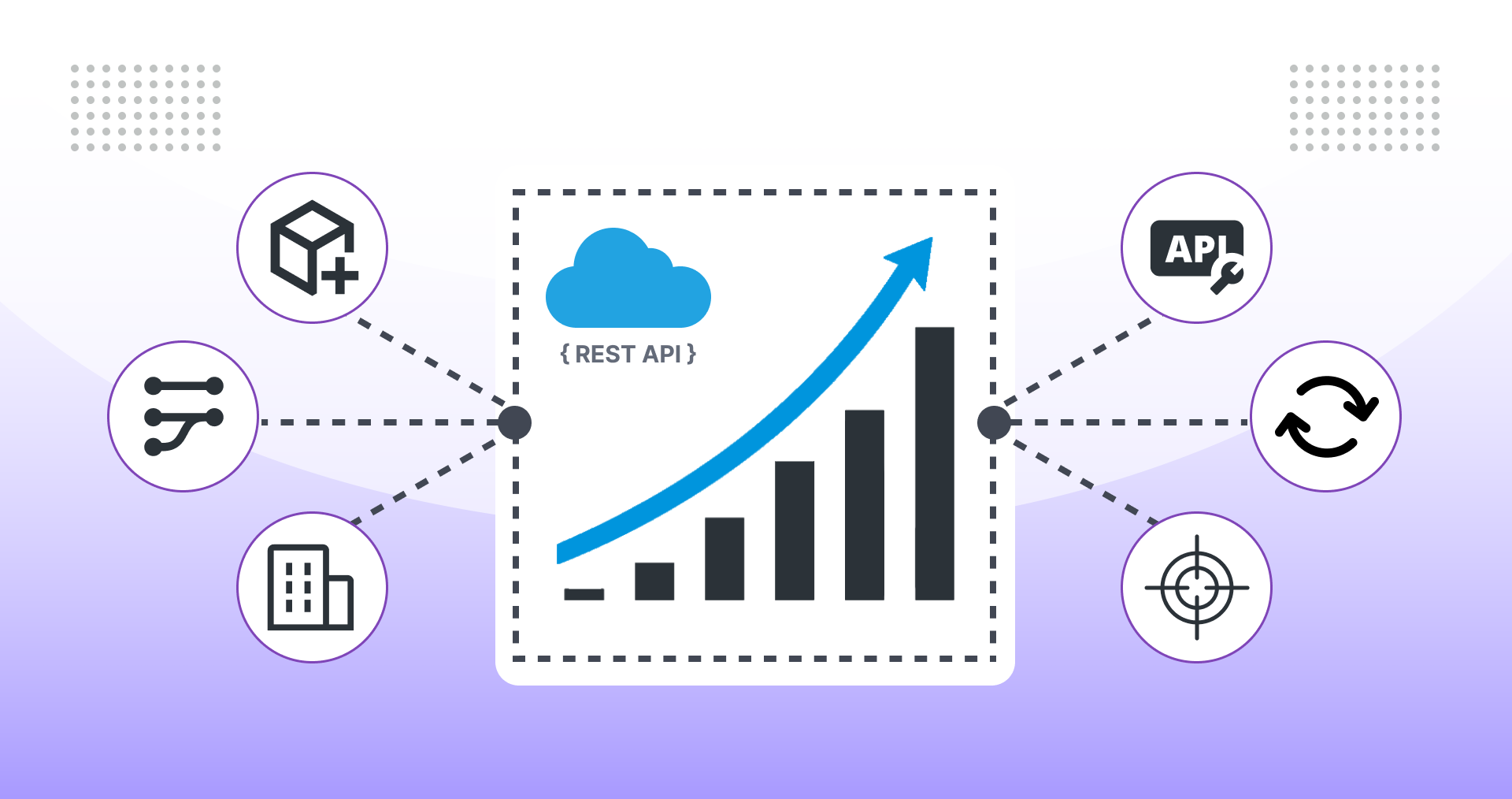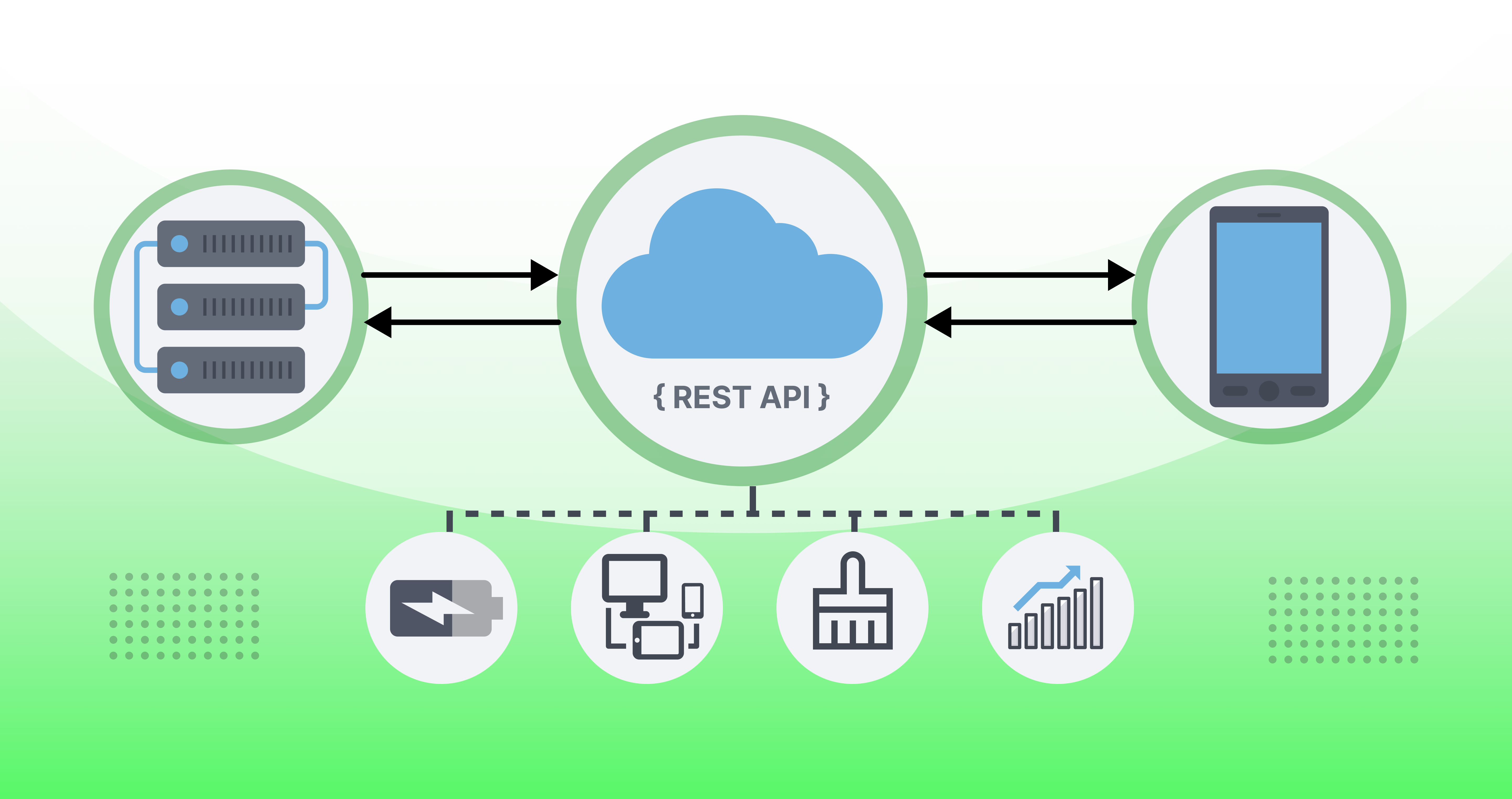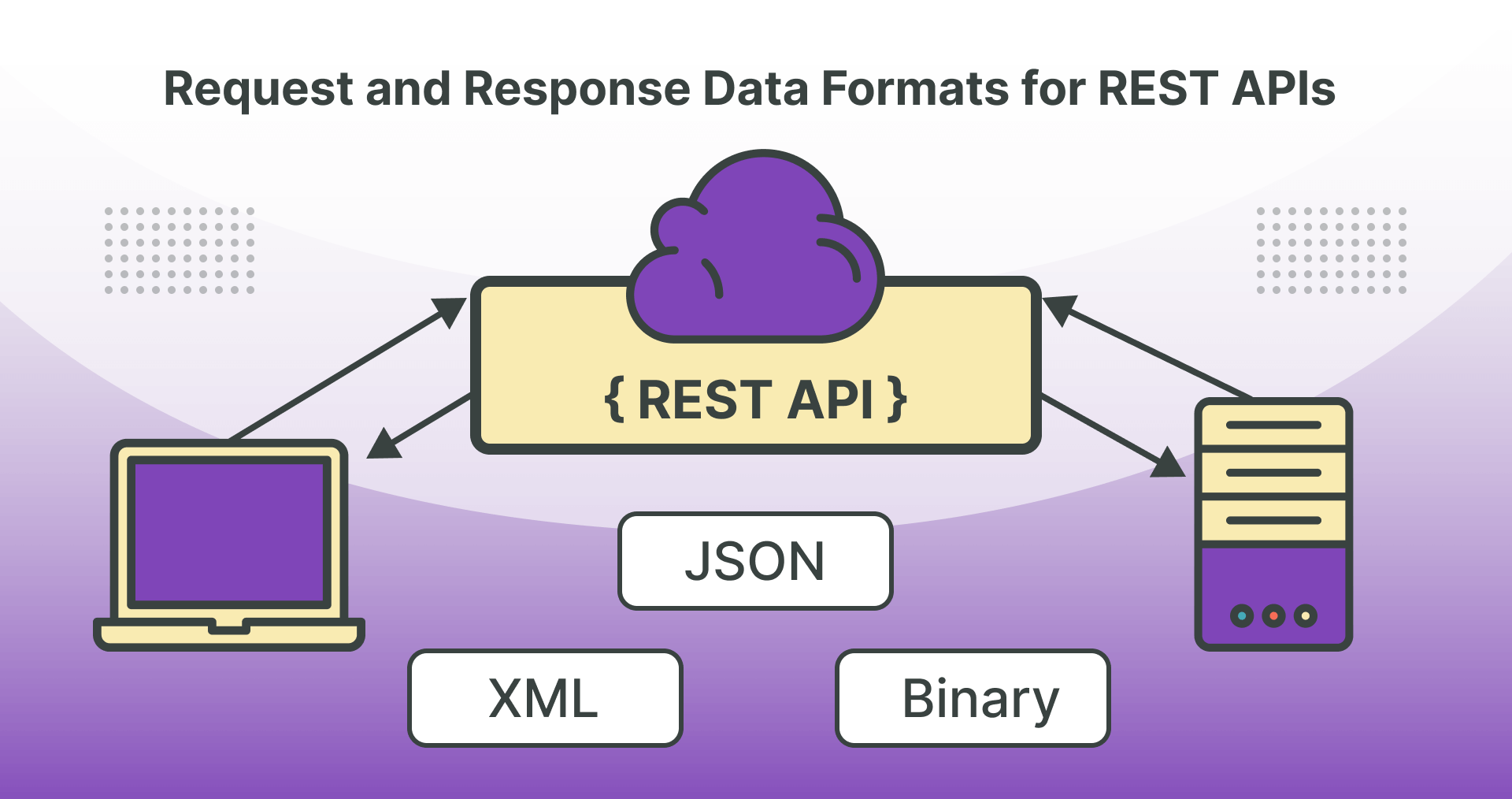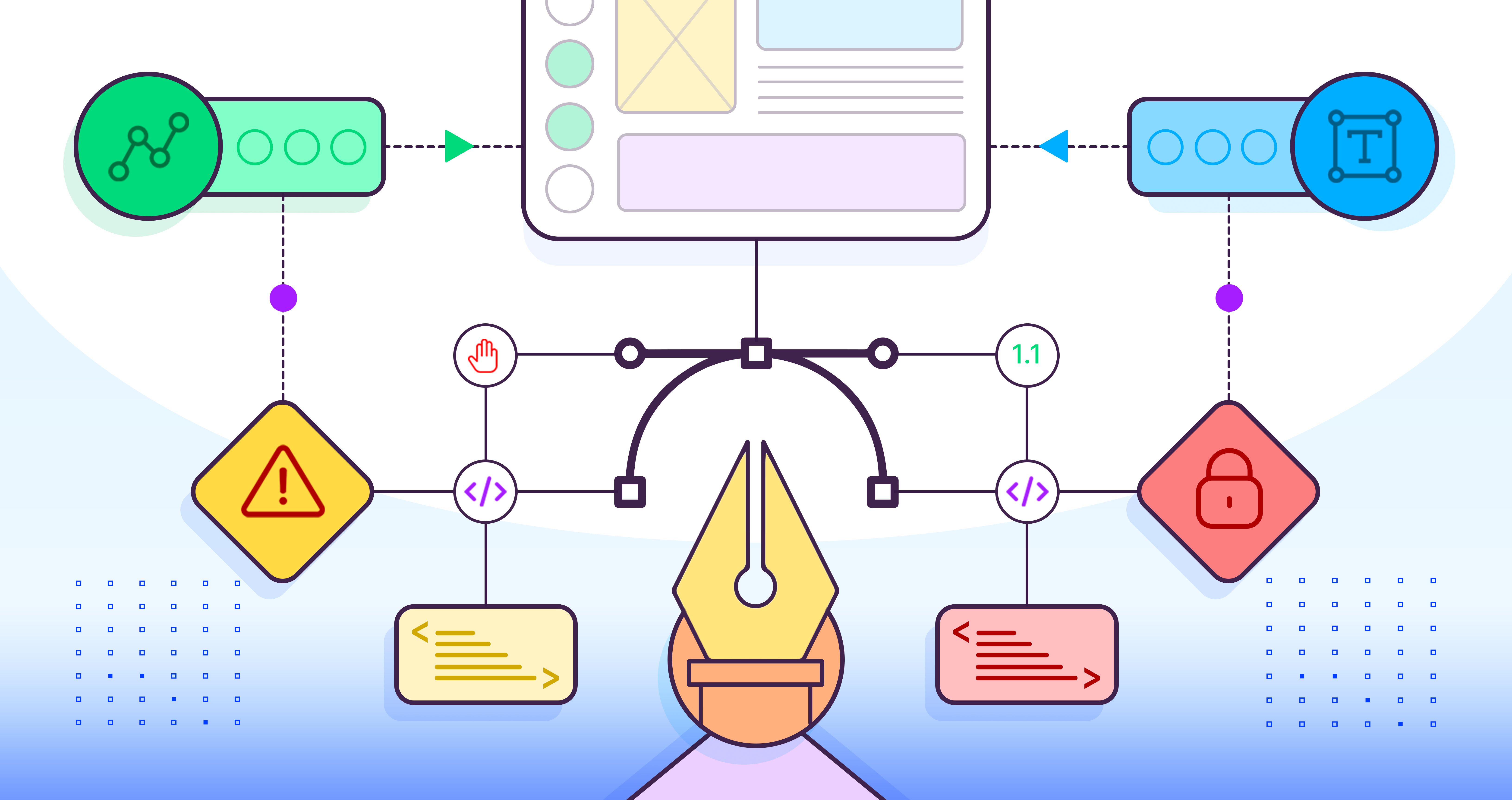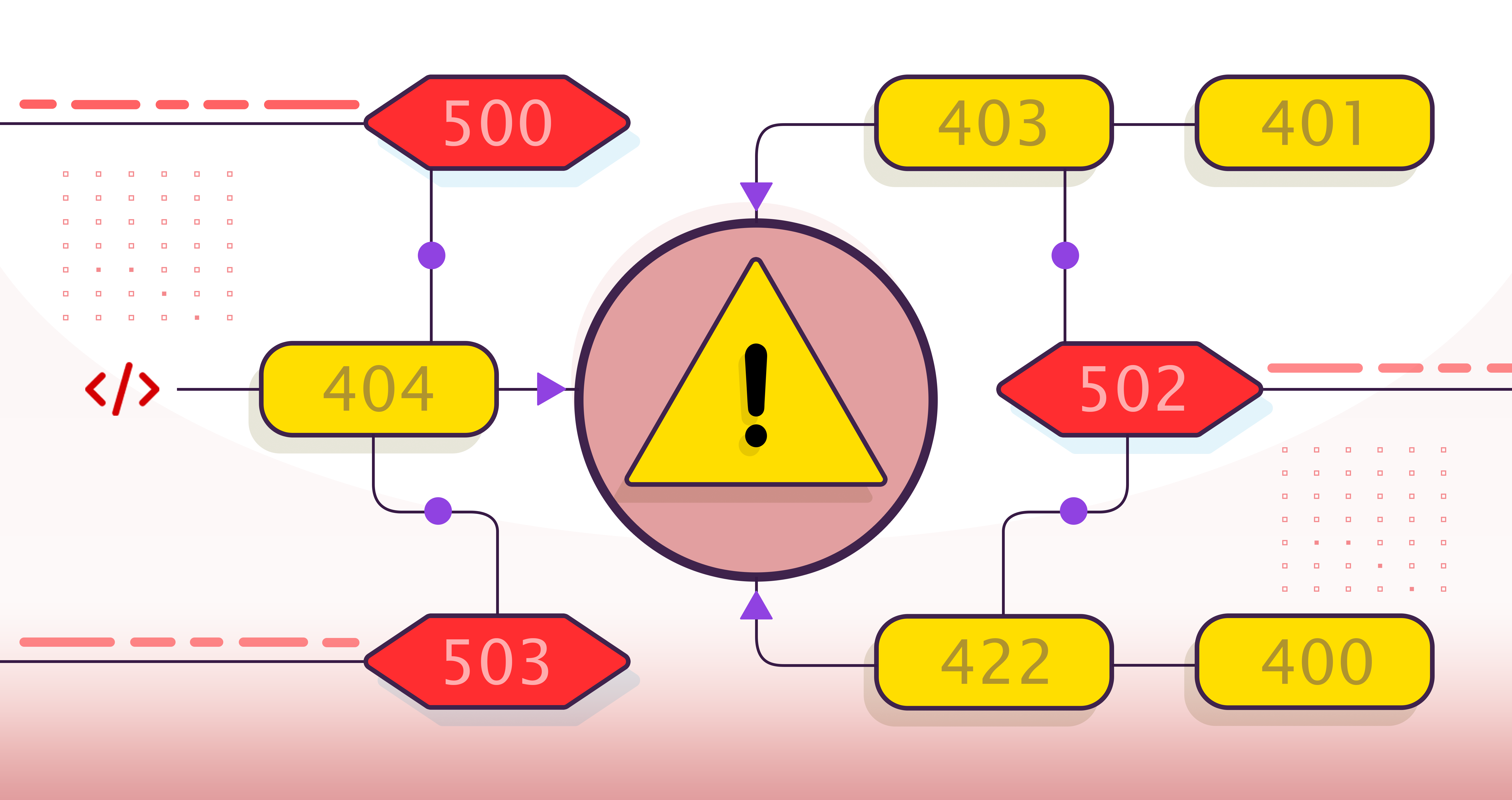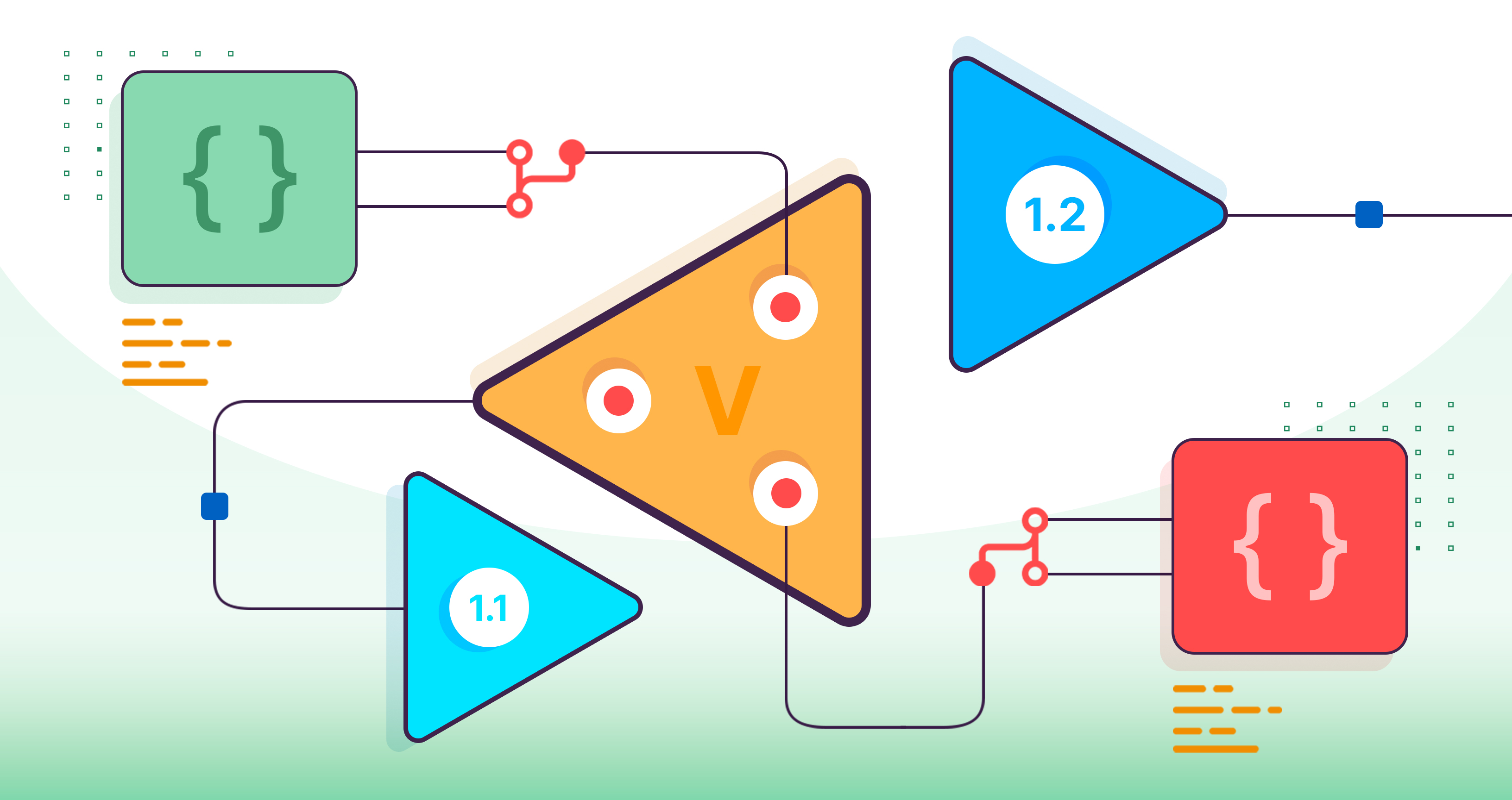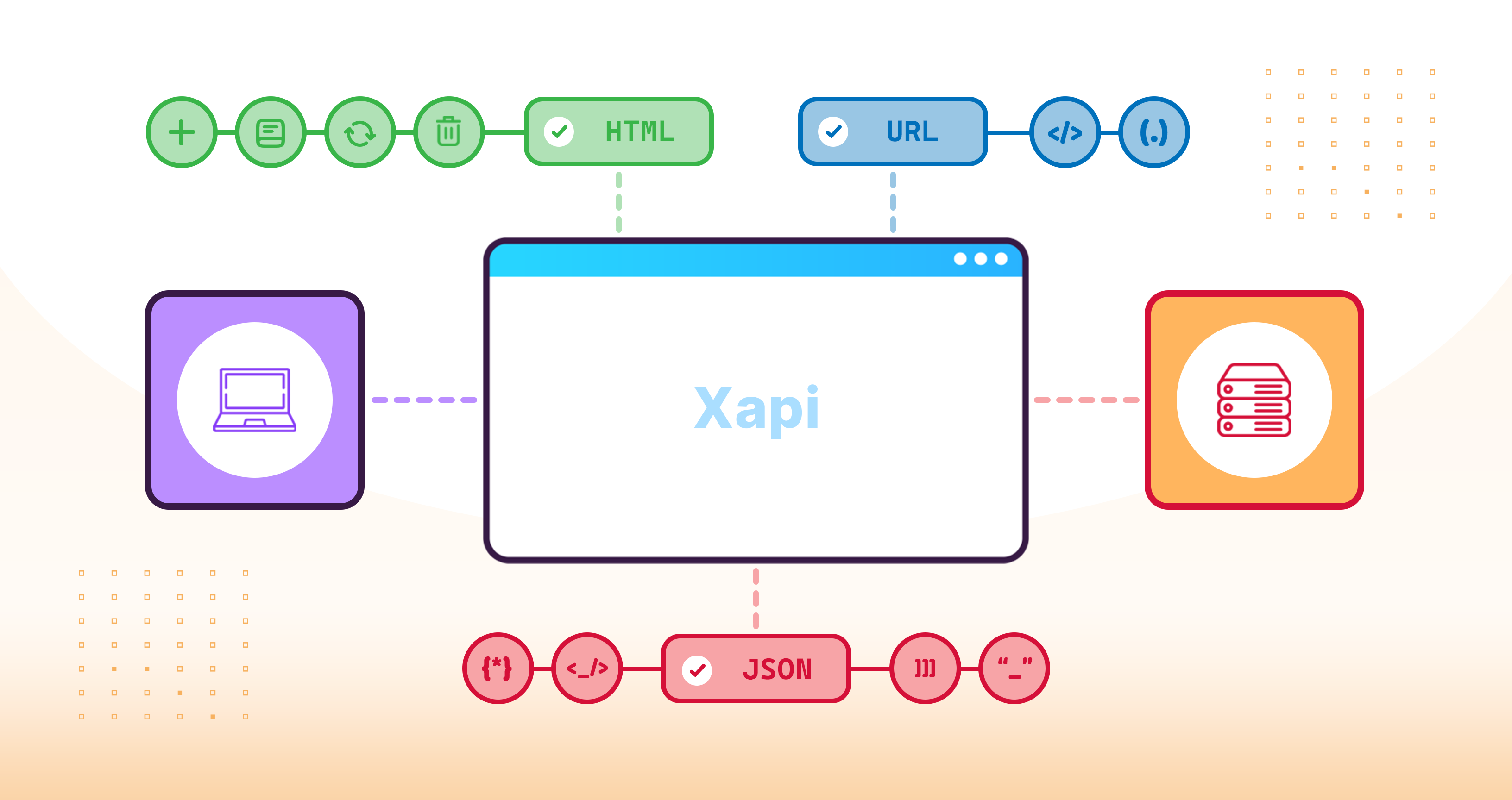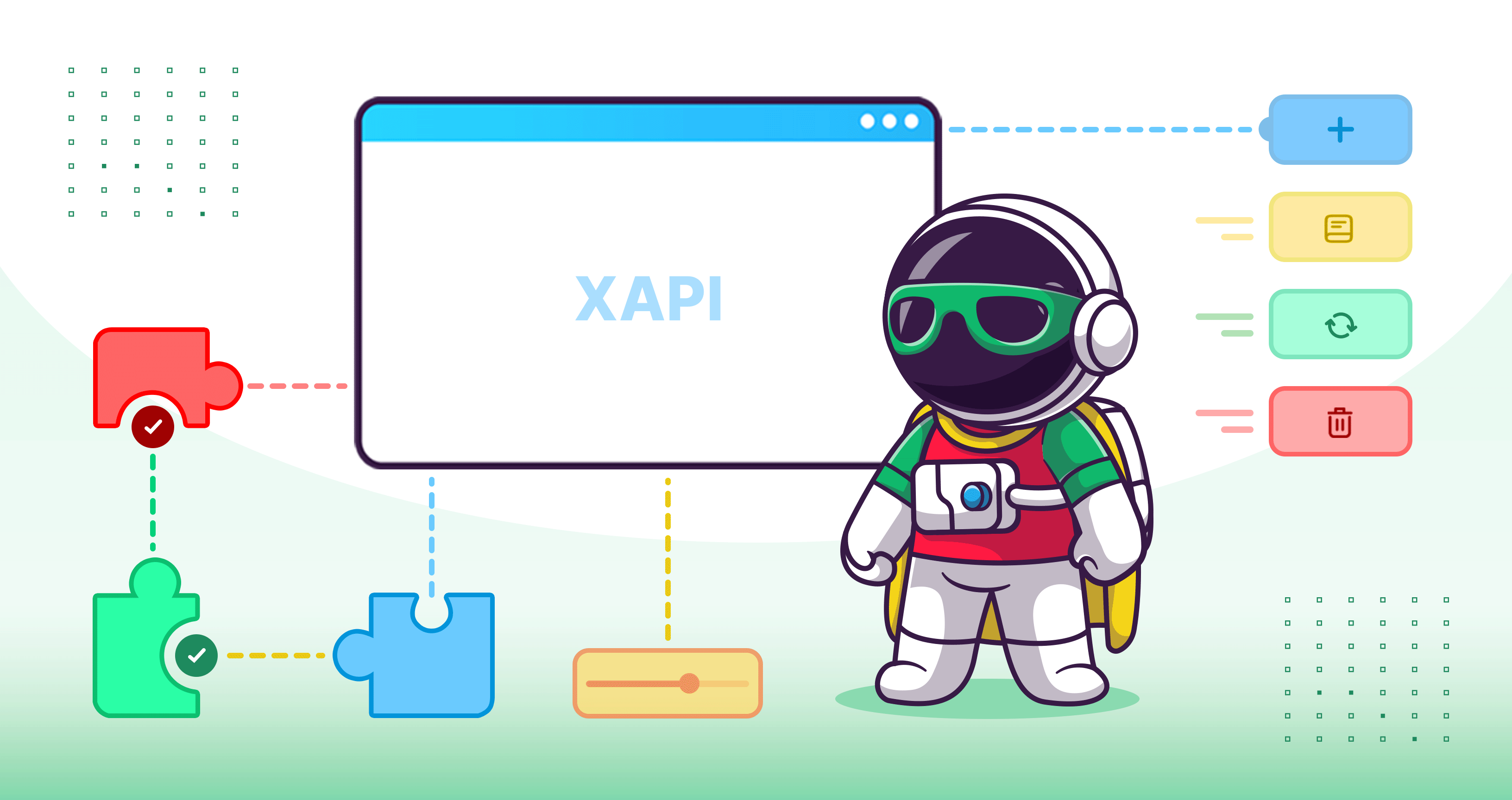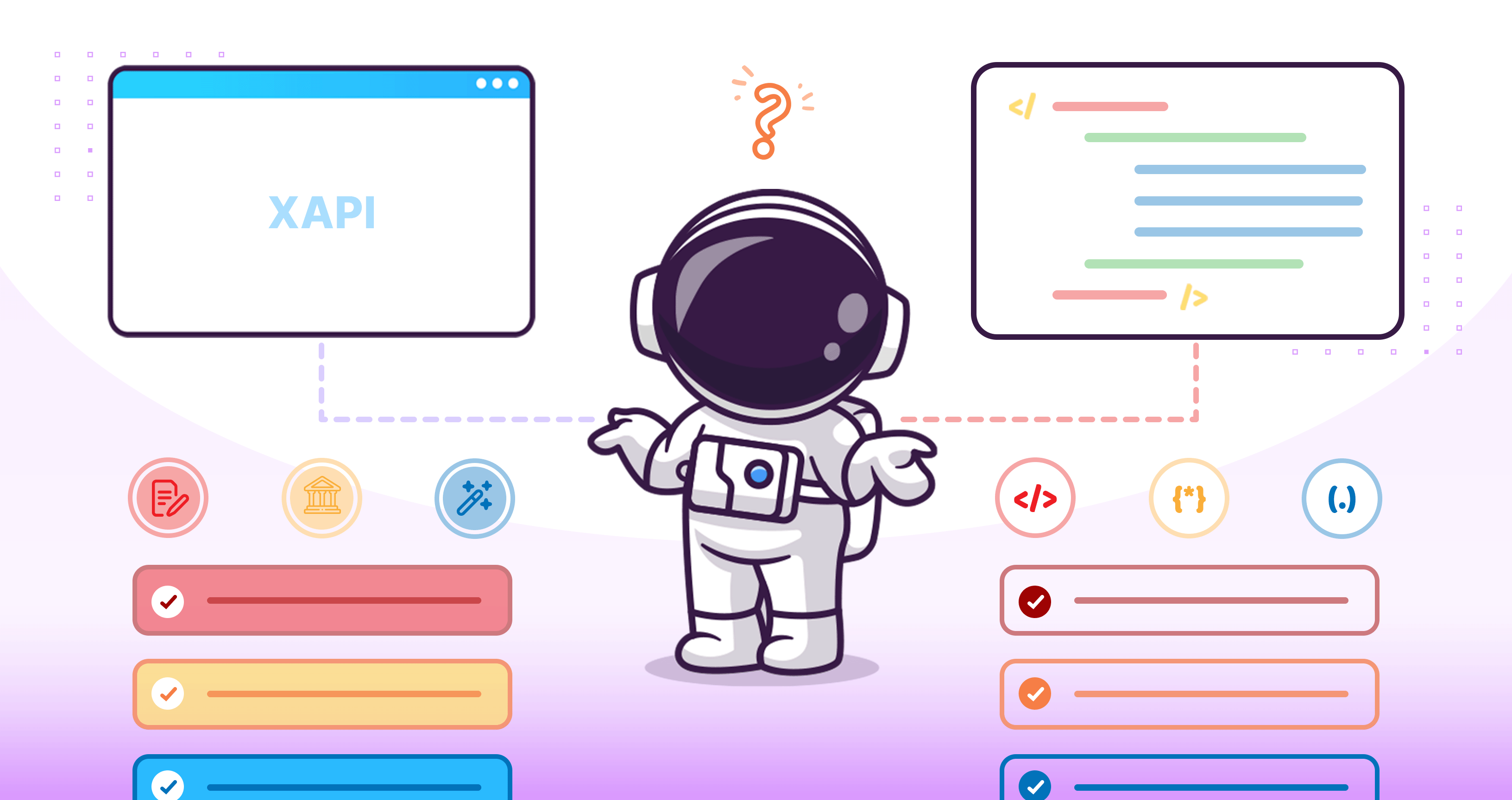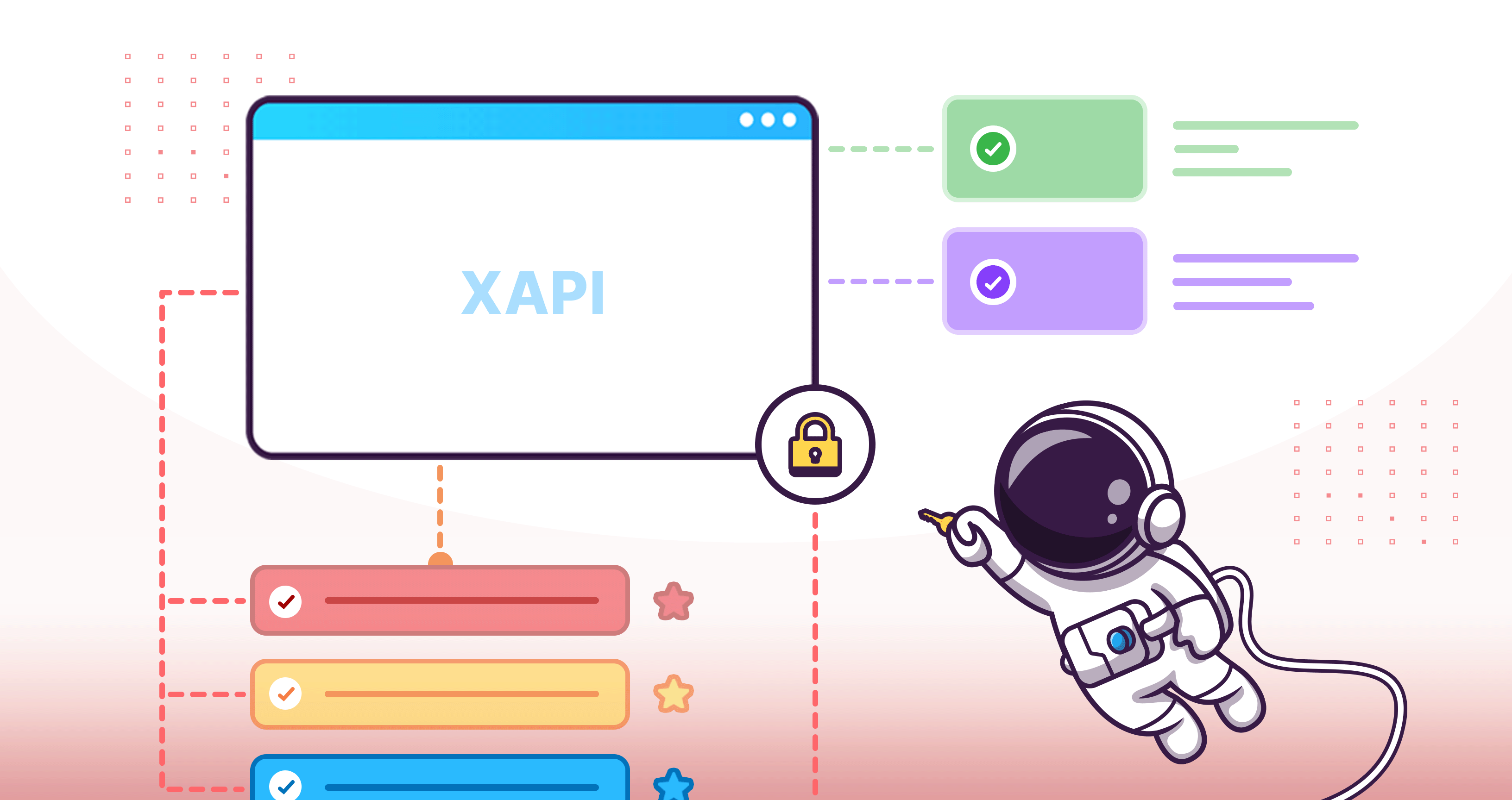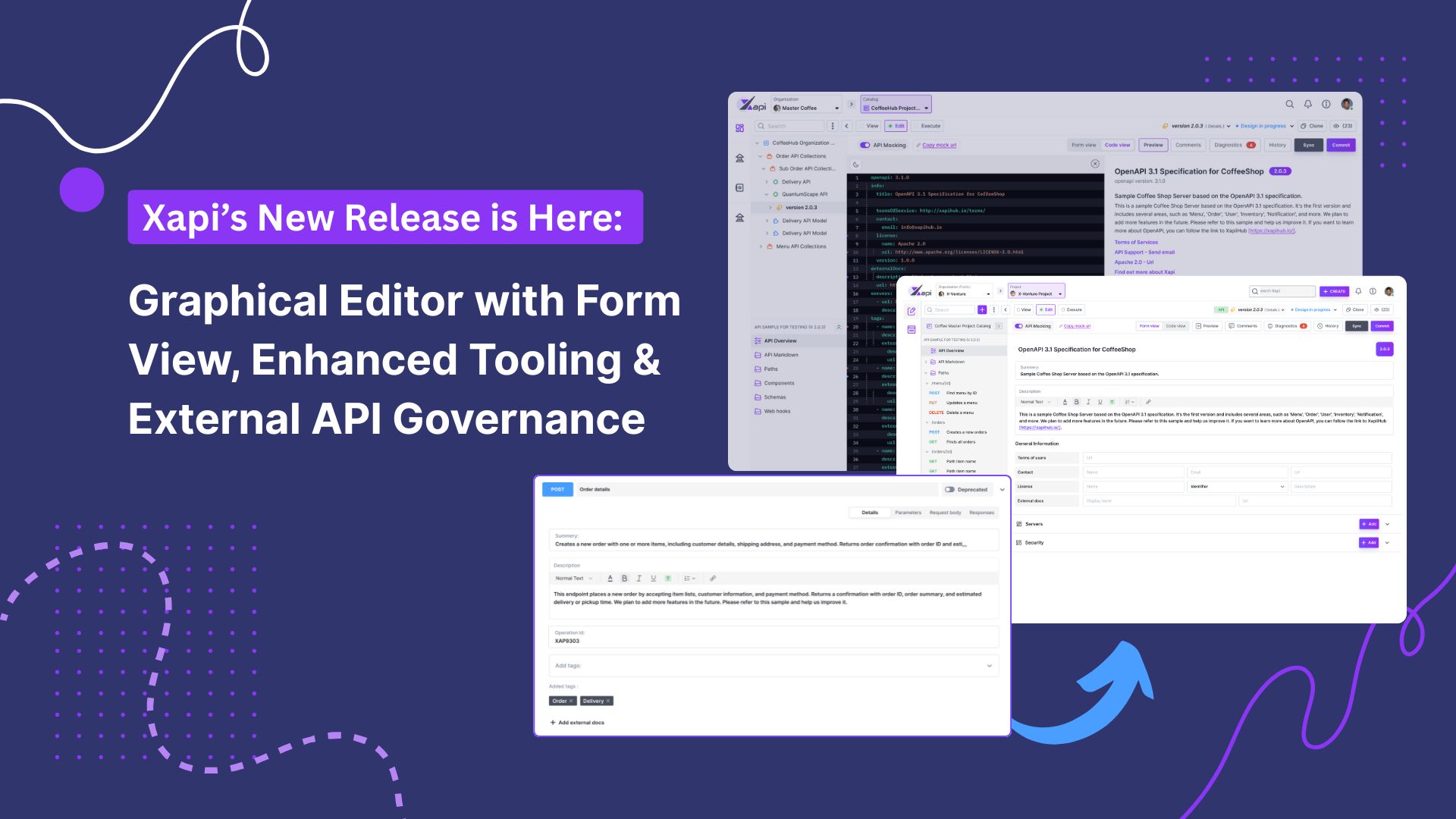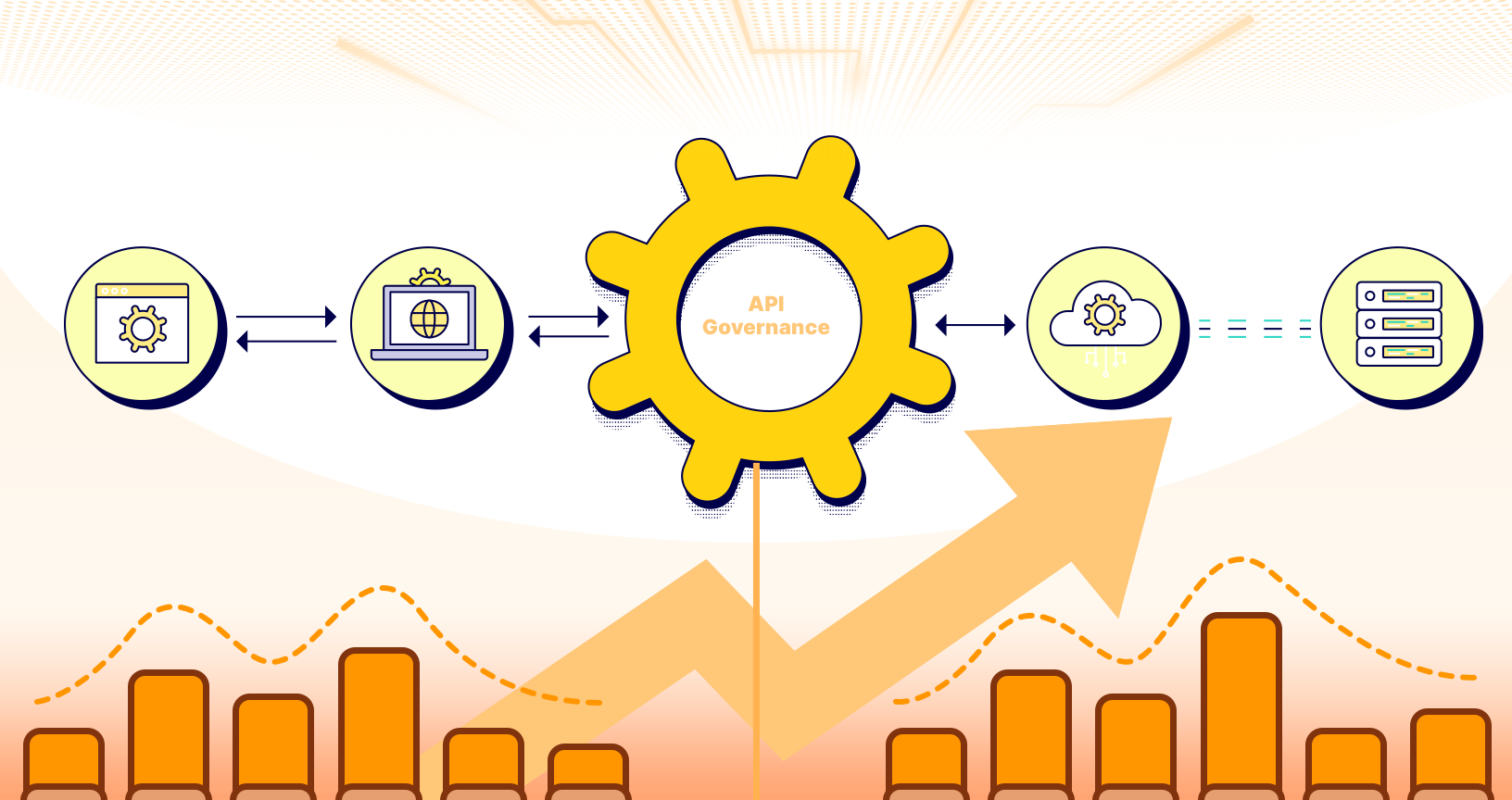As the world becomes increasingly interconnected, the need for efficient data retrieval from APIs has become more critical than ever. When dealing with large data sets, it's essential to implement pagination techniques in REST APIs to retrieve data in manageable chunks. In this blog post, we will explore various pagination strategies that can be employed to handle large data sets in REST API responses. By understanding and implementing these techniques, developers can optimize performance, reduce resource usage, and enhance the user experience. So, let's delve into the world of API pagination together!
API pagination is a technique used to divide large result sets into smaller, more manageable chunks or pages to retrieve large datasets in an organized and compliable manner. Instead of returning the entire data set in a single response, the API returns subsets of data, allowing clients to request additional pages as needed.
API pagination provides control over the amount of data transferred, improves performance, reduces response times, and minimizes resource consumption.
For an example, online shopping platforms such as Amazon, Ali Express, and eBay use paginated APIs to retrieve products, search results, or user reviews of a product.
-
Offset Pagination
Offset pagination also known as limit-offset pagination, is one of the simplest pagination techniques. It enables specifying the number of records to skip (offset) and the maximum number of records to return (limit) for each API call.
Example:
GET /api/products? limit =20& =40
In this example, the API call retrieves 20 products starting from the 41st record (offset of 40), providing a paginated response for the client.
-
Cursor Pagination
Cursor pagination, also referred to as keyset pagination, relies on unique identifiers (cursors) to paginate through large data sets. Instead of relying on offsets, the API uses a cursor to indicate the starting point for the next page of data. This strategy guarantees stability when new data are added, or existing data are updated.
Example:
GET /api/customers?cursor=eyJpZCI6MjIzfQ==
In this example, eyJpZCI6MjIzfQ== is the identifier. The cursor value is a token or encoded representation of the last item in the previous response. The API uses this cursor to determine the starting point for the next page of results, ensuring data consistency and efficient retrieval.
-
Time-Based Pagination
Time-based pagination is particularly useful when dealing with time-sensitive data, such as social media posts or log entries. In this approach, the API paginates data based on a specific time range or a timestamp. You can define a time window for data retrieval by using time-related parameters like "start_time" and "end_time" as well. Using this technique, we can fetch data in chronological or reverse-chronological order, making it possible to quickly retrieve recent or historical data.
Example1 :
GET /api/posts?from=1626354000&to=1626440400
In this example, the API call retrieves posts that are published between the timestamps 1626354000 and 1626440400, allowing clients to paginate through the data based on time intervals.
Example2 :
GET /api/events?start_time=2019-02-05T12:00:00Z&end_time=2023-02-05T00:00:00Z
This API call fetches data from Feb 05, 2019 to Feb 05, 2023.
-
Keyset or Seek Pagination
Seek pagination utilizes a key or delimiter that determines the sort order of the records that divides the data set into pages.
For instance, the '"created_at" key is used to order the records. Therefore, "since_created_at=" or "after_created_at=" should be the key parameter for your paginated request.
Additionally, some APIs combine the seek pagination with the WHERE clause. For instance, if product_Id serves as a delimiter, you can use arguments like product_id> and product_id.
Due to the WHERE clause, the seek pagination appears to be highly useful, yet the following shortcomings such as:
- Inability to navigate to a specific page
- Making simultaneous queries for various pages and websites is not allowed
- Delimiter and sort order are connected resulting in low flexibility
Example: GET /orders?limit=250
This to get the orders starting from 1 to 250 when the maximum limit of records per page is 250. For a company with 700 orders that are sorted using the ID in ascending order, you’ll need to make two more requests as follows:
GET /orders?limit=300&since_id=250
GET /products?limit=300&since_id=200
-
Page-Based Pagination
Page-based pagination, also known as "number-based pagination," is a straightforward approach that assigns a sequential page number to each set of results. Clients can request the desired page by specifying the page number in the API call.
Example:
GET /api/news?page=3
This API call retrieves the third page of news articles, where each page contains a predefined number of records. Page-based pagination provides a clear and intuitive way for users to navigate through data sets.
Efficient data retrieval is crucial for APIs dealing with large data sets. By implementing pagination techniques such as offset pagination, cursor pagination, time-based pagination, and page-based pagination, developers can optimize performance, reduce resource consumption, and enhance the user experience. Each pagination strategy offers unique advantages based on the specific use case and requirements. By understanding these techniques and applying them appropriately, developers can ensure that their REST APIs provide efficient and scalable data retrieval capabilities.
Remember, when implementing pagination, it's important to provide clear documentation and proper error handling to guide clients in navigating the paginated results. By following best practices and leveraging the power of pagination, developers can unlock the full potential of their APIs and deliver seamless data access to their users.



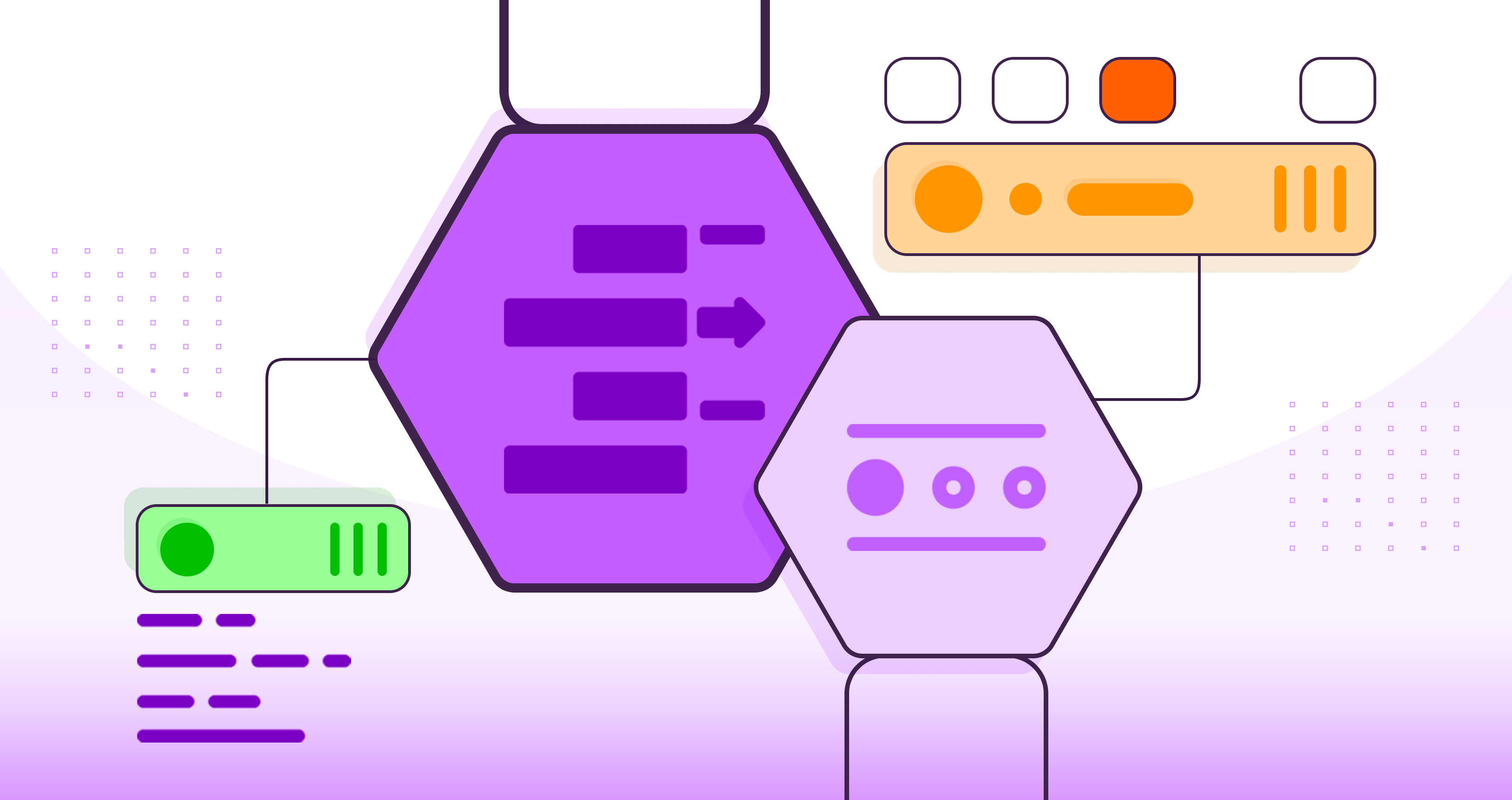

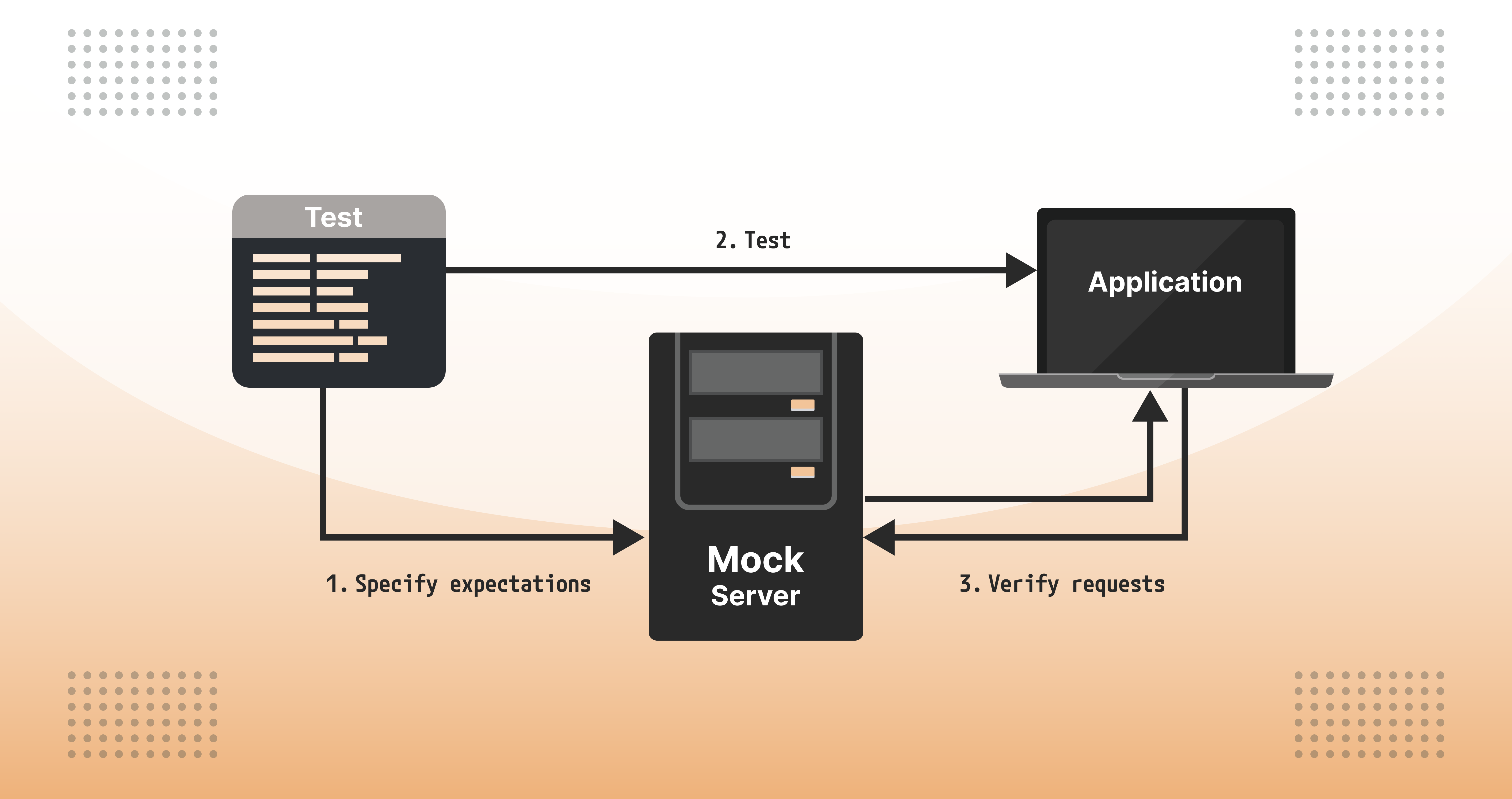
.jpg)
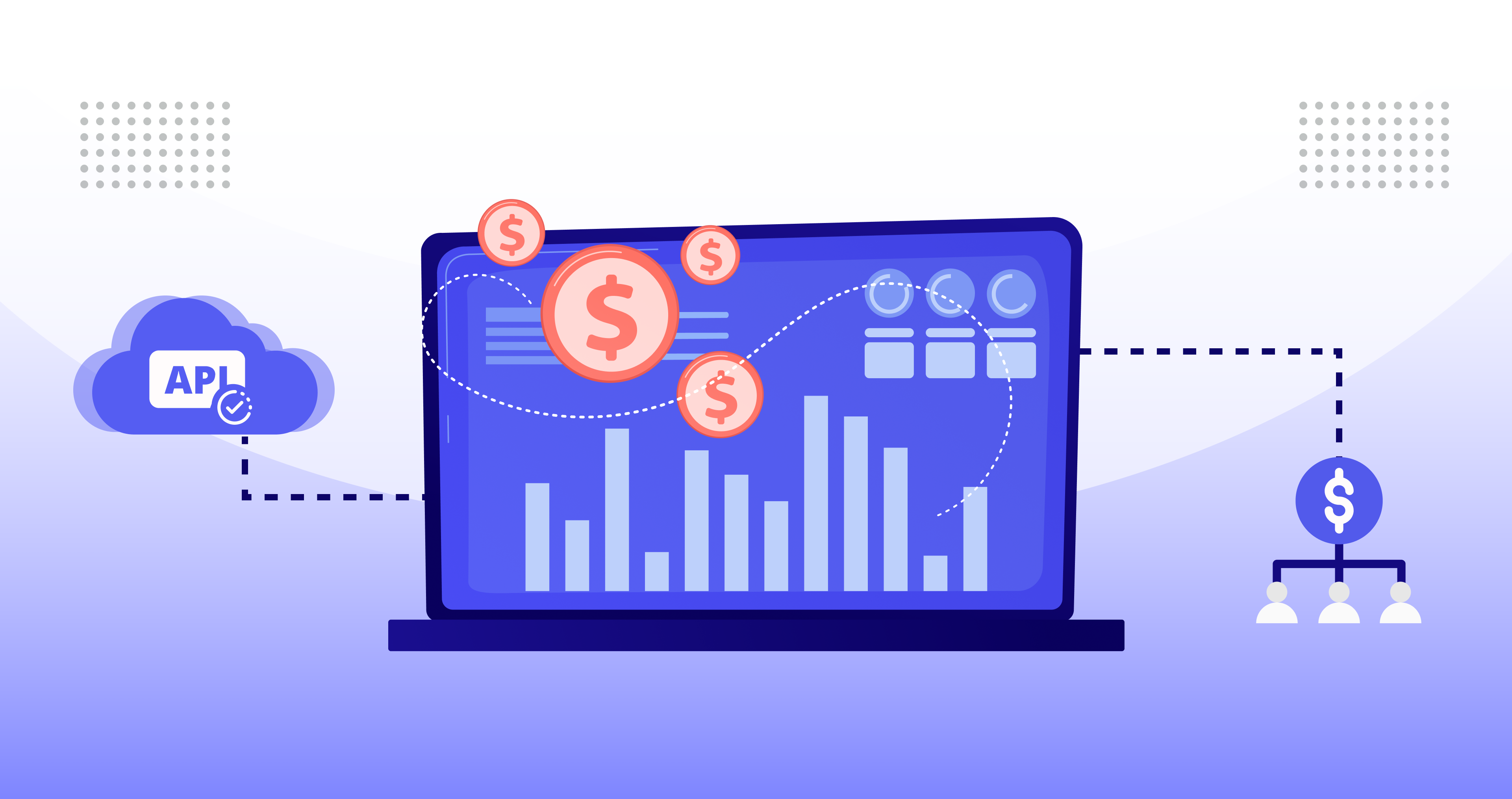
.png)


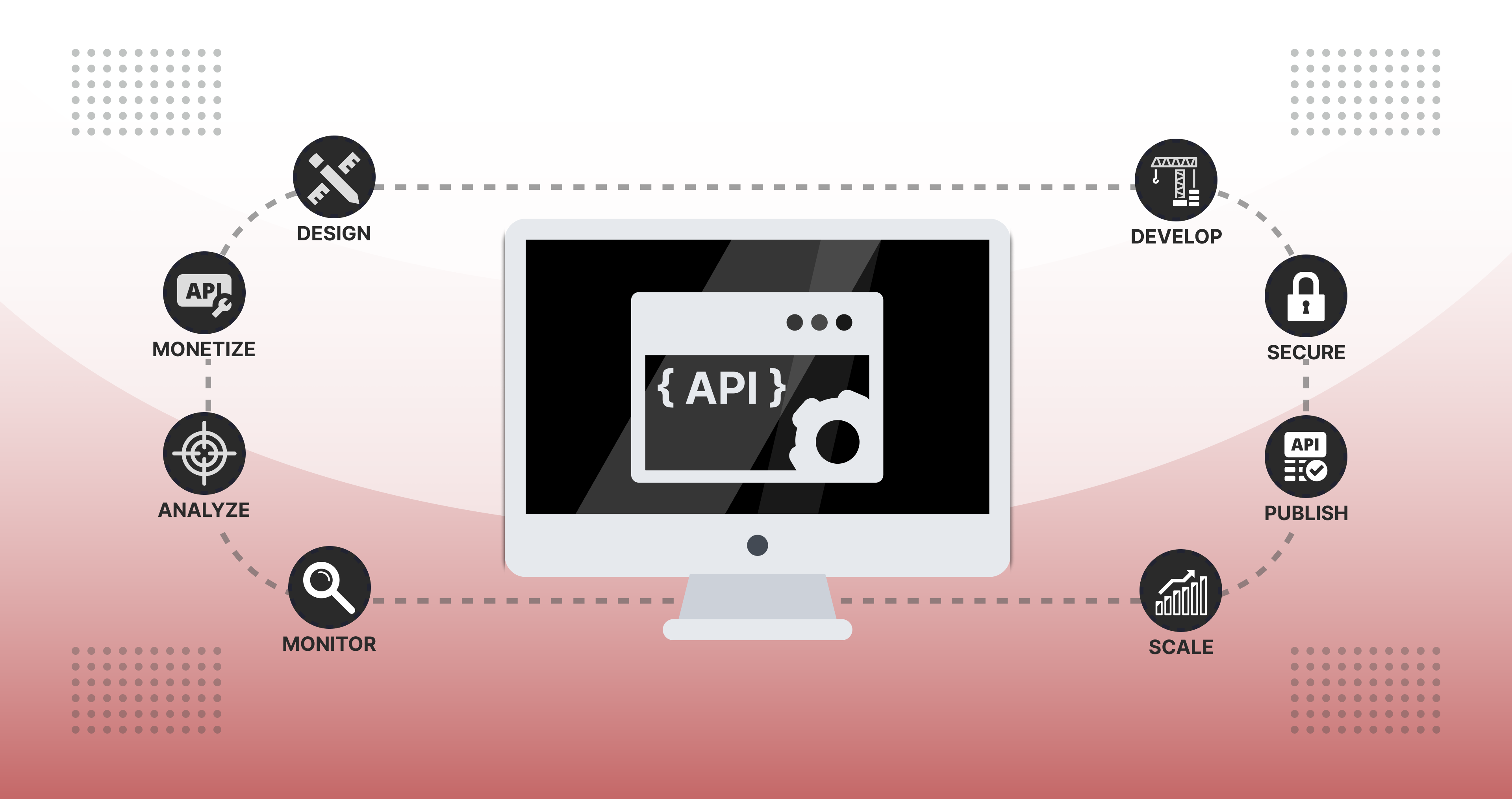
.jpg)
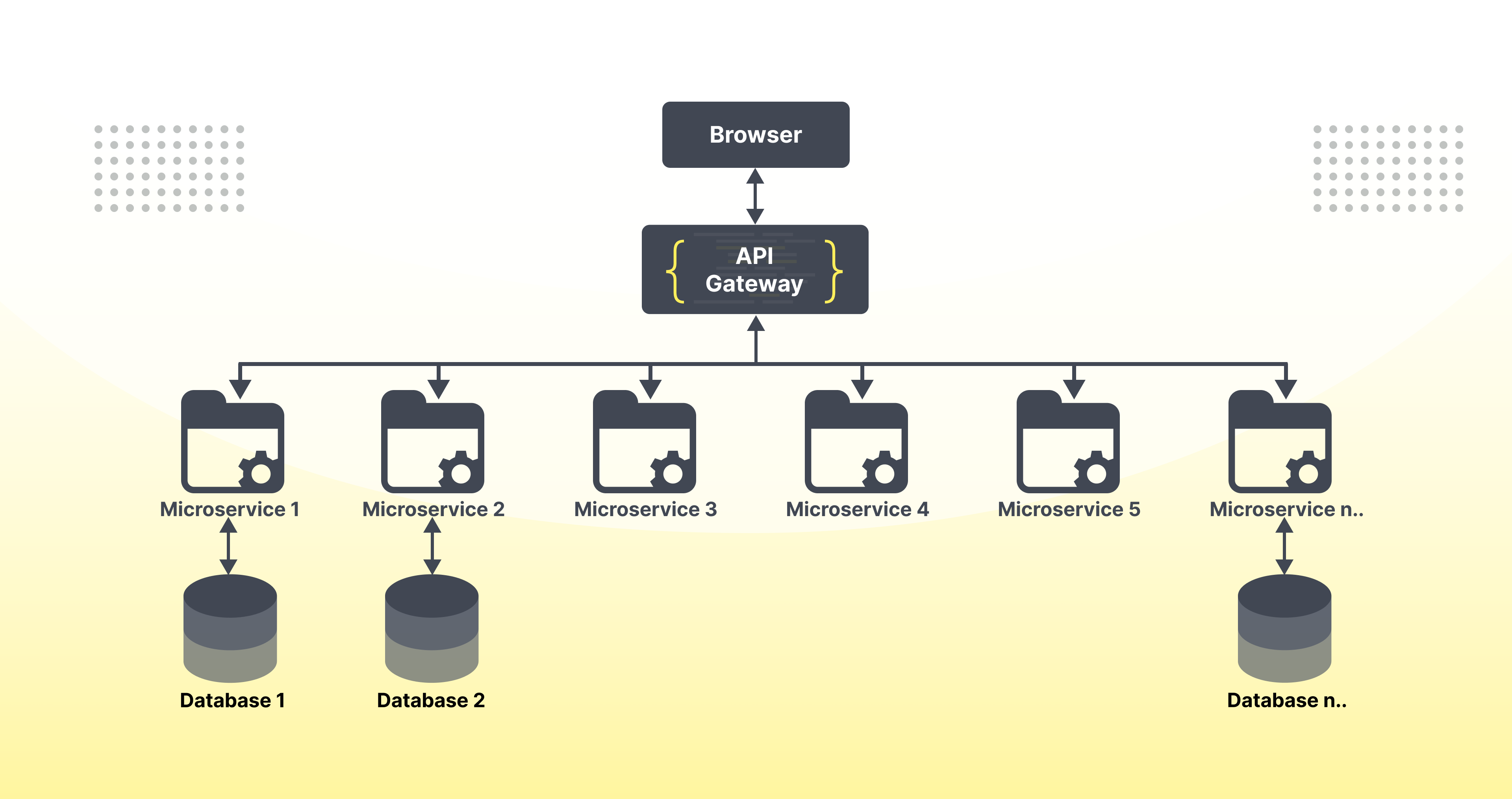

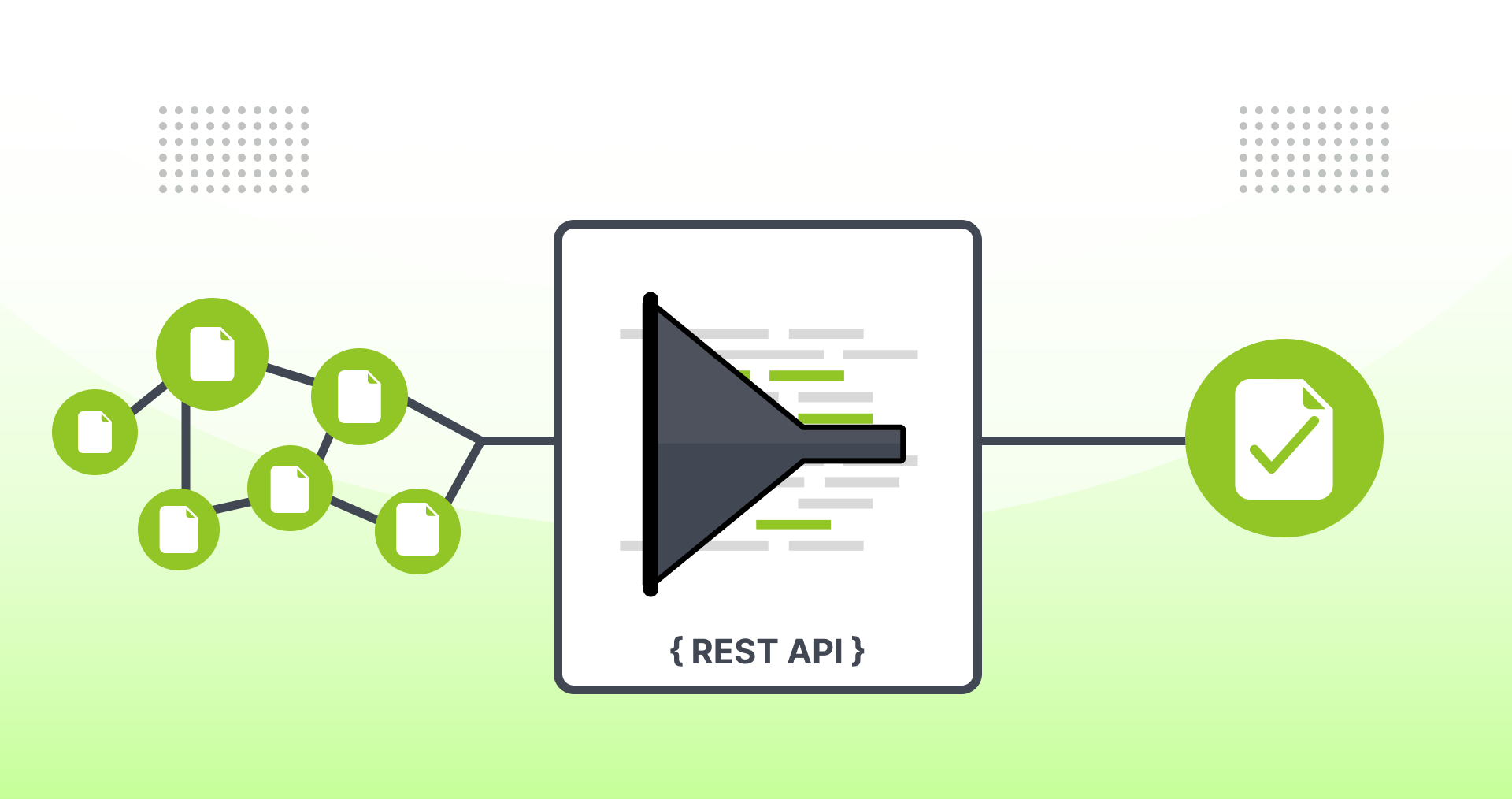

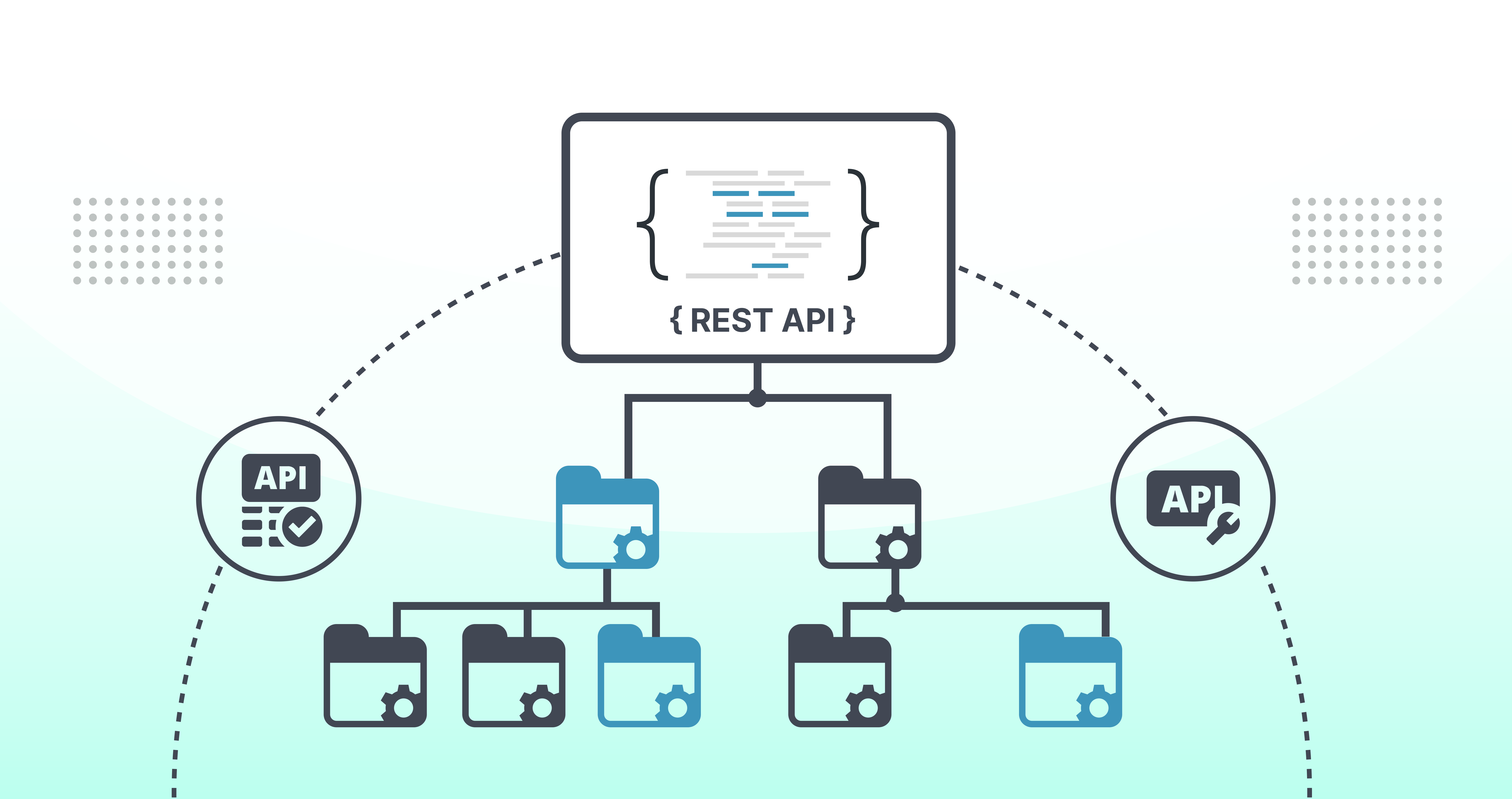

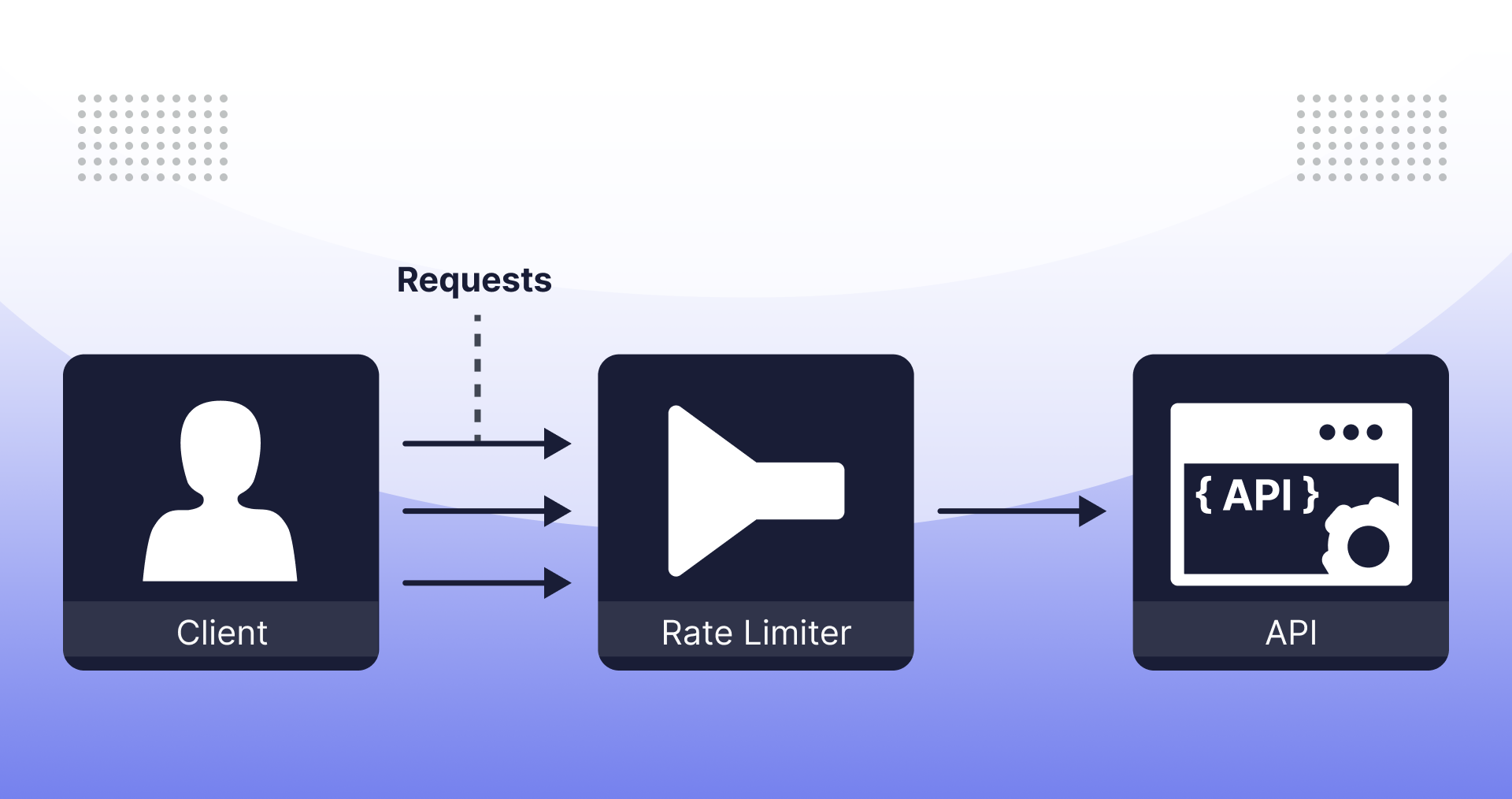

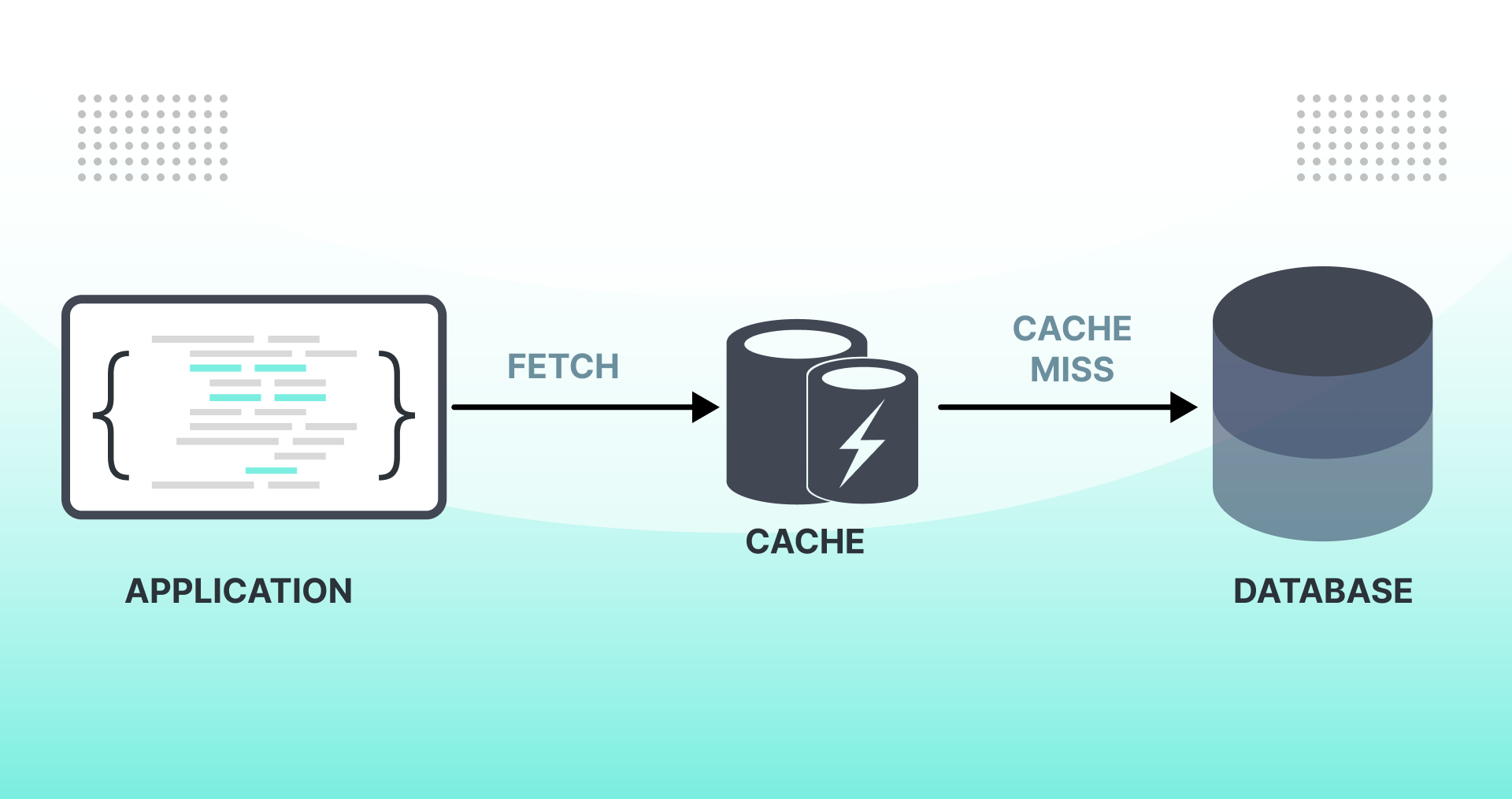

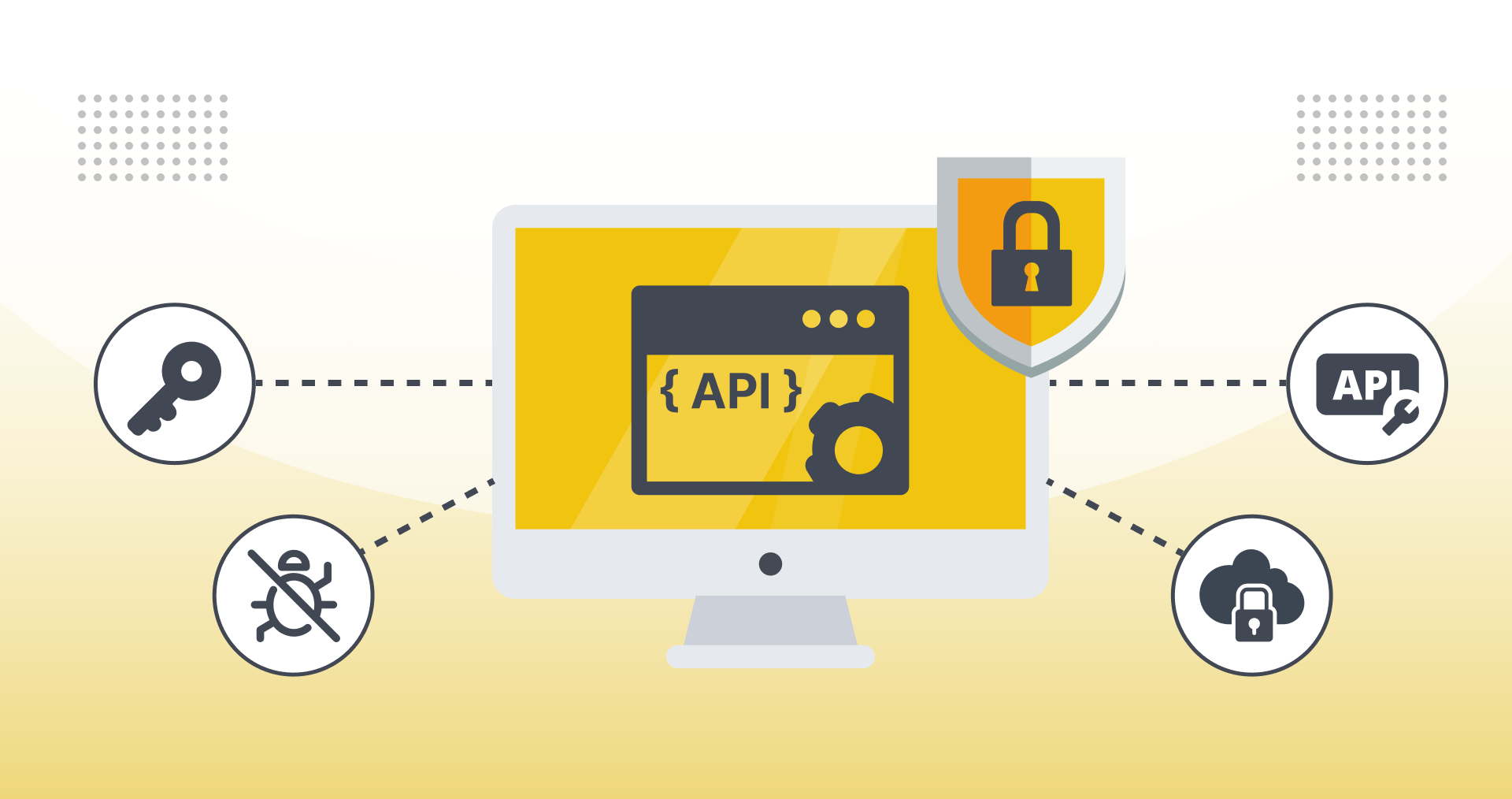

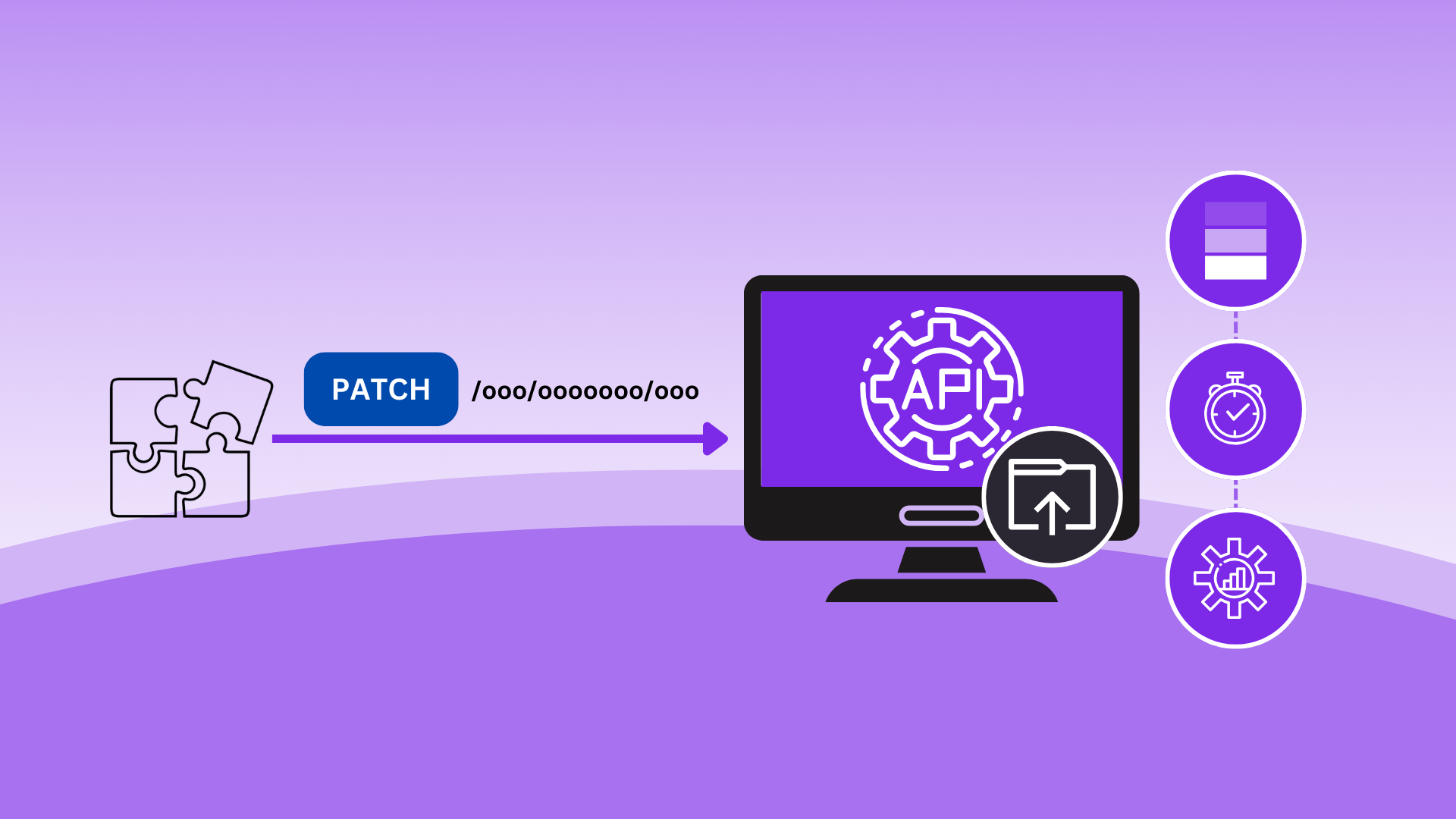
.jpeg)
